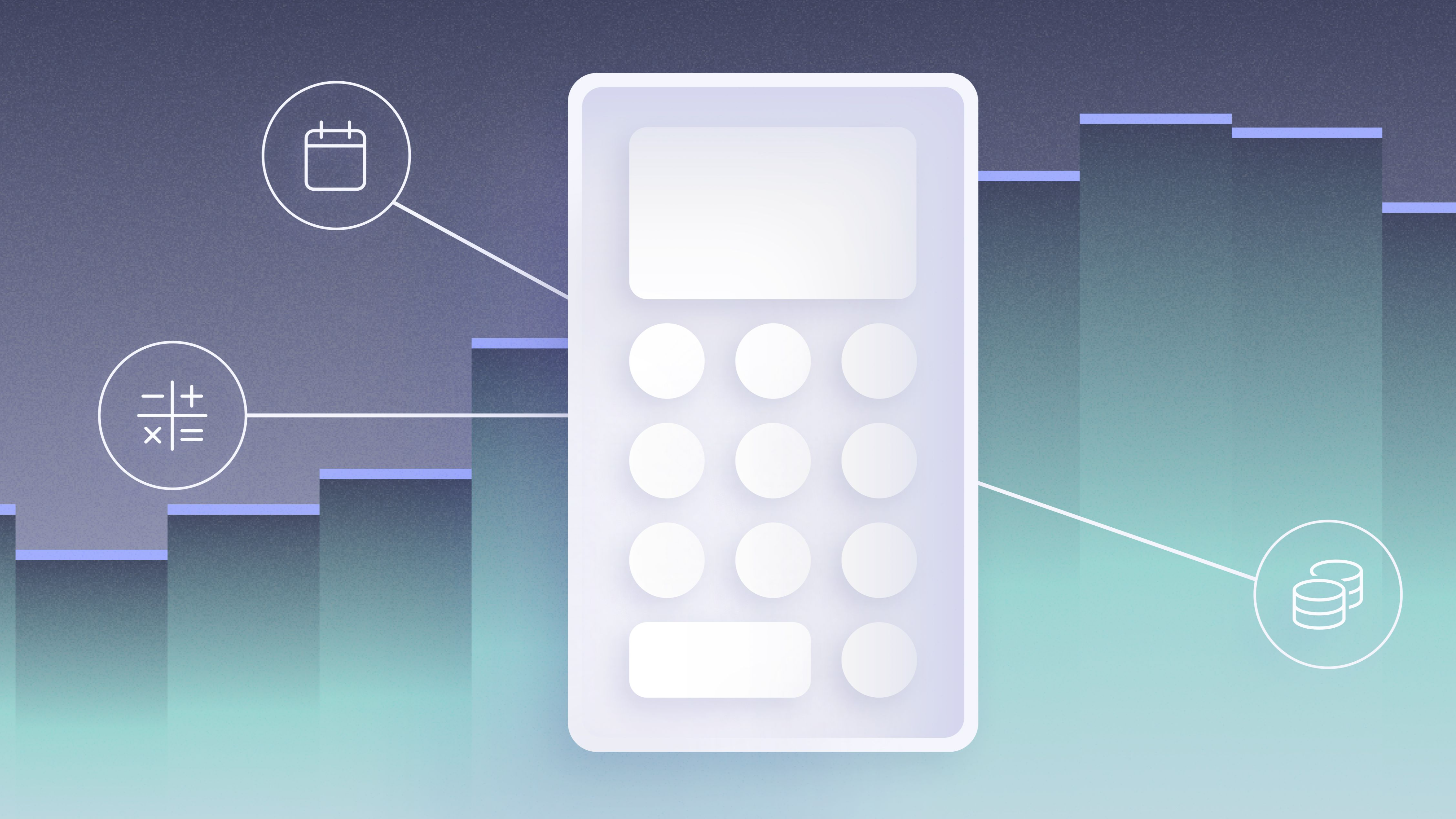How to calculate your startup’s cash burn rate

As the adage goes, you have to spend money to make money. In venture capital parlance, that spend — the net cash used after taking into account revenue earned and paying out expenses — is known as your cash burn rate. Understanding your business’s cash burn rate and managing it effectively is crucial for any founder who wants to keep their business afloat.
Read on to learn how cash burn rate works, why it matters, and how to calculate your business’s burn rate to better understand your runway and plan accordingly.
What is a cash burn rate?
A company’s cash burn rate — otherwise known simply as burn rate — is the measure of how quickly it spends (i.e., “burns”) its money, either per month, quarter, or year. It’s what you would call “negative cash flow” when looking at your company’s cash flow forecast or cash flow over a previous period.
Burn rates are commonly used to assess the financial performance of early-stage tech startups, given these businesses often raise capital from investors to fund operations, develop products, and acquire customers.
Investors scrutinize burn rate because early-stage startups often aren’t yet making money and are burning through their cash balance — and in many cases, this is happening even well before that company is ready to bring a product to market, making it even more critical to preserve the capital at this pre-revenue point. To that end, burn rate helps map out a company’s cash runway — the amount of time a company has left before it runs out of money — and also infers how much the company needs to raise.
A formula for determining runway is as follows (or use this cash burn rate calculator):
Cash balance ÷ Monthly cash burn = Runway
If, for example, your business had $10M in the bank with a monthly cash burn of $500K, that would mean your company has a cash runway of 20 months (10M ÷ 500K = 20). Based on this basic formula, a company can extend its runway by lowering its cash burn rate — in effect, increasing revenue and decreasing costs.
That said, it’s not always as simple as running these numbers. In reality, companies grow their expenses over time, such as by hiring more team members or spending more money on marketing. This naturally increases burn rate, meaning that the runway calculated through this formula — which is based on a steady, constant burn rate — could likely be higher than a company’s true runway. The exception here would be if revenue is growing at the same clip as expenses — but for startups, that’s rarely the case, as cash burn is typically front-loaded while founders spend a significant amount on building out their product and team well before starting to bring in revenue.
In practice, a more accurate way to calculate and understand cash runway is to build a cash flow forecast that considers different factors — hiring, marketing, investments, etc. — that can impact the rate at which your company is burning through cash.
Why is it essential to assess cash burn?
If the goal of a business is to turn a profit, founders should be working to increase their revenue, decrease their cash burn, or both to become cash flow positive.
That being said, it often takes time for early-stage businesses to build the traction to achieve profitability. As such, keeping a close eye on cash burn rate can provide a window into what a business needs to do to flip the switch, whether that means cutting costs or improving efficiency. Additionally, investors will want to understand your cash burn rate to determine how much funding you’ll need and if you’re allocating capital responsibly.
At the same time, monitoring cash burn rate in an effort to become cash flow positive helps ensure that startups aren’t reliant on venture funding. The VC market is fickle — investors may decide to stop deploying capital, or the market could worsen. Maintaining a healthy cash burn rate with an eye toward profitability will ensure you’re building a sustainable, resilient business.
Having a solid handle on your cash burn rate also ensures you’re thinking about your company’s cash management strategy correctly. Knowing your runway and ongoing cash outflow allows you to consider liquidity needs so that you can manage cash allocation accordingly in both the short and long term.
What does a healthy cash burn look like?
A healthy cash burn rate depends on various factors, such as the industry and stage of a business. Variable factors aside, one common rule is that companies should aim for a decreasing cash burn rate over time. This indicates that the company is increasing its revenue and heading on a steady path toward profitability.
Another way to think about cash burn rate is based on the company’s runway. In the past, most startups would go out to fundraise when they had around a year of runway left in the bank. In today’s fundraising environment, this previous standard has become a bare minimum, with most founders opting to operate much more leanly and with a far greater cash runway at any given time. If you find yourself in this position, consider whether your remaining runway is enough for your business to achieve profitability with your current burn rate. If not, it may make sense to raise additional funding to become cash flow positive in the future.
Determining the appropriate cash burn for your business
While the goal should be profitability, spending cash isn’t necessarily bad. Again, it’s not untrue that companies need to spend money to make money. Whether or not a company is spending responsibly or irresponsibly is largely at the discretion of the founders.
Every business is unique, meaning every business needs a different cash burn rate to facilitate its growth goals. For example, a highly technical field like aerospace or biotech generally requires significant upfront investment into hardware and R&D to achieve future profitability. An ecommerce company, on the other hand, may need to funnel large amounts of cash toward inventory early on, with sales from that inventory taking time to trickle in after the fact.
As a founder, allowing your business’s unique position, industry, and roadmap to inform your target cash burn rate is essential.
Understanding how your startup burns through cash is vital on several levels — from complex decision-making around cash management strategy and thoughtful allocation of funds. Understanding your company’s runway, liquidity needs, and path toward profitability are all essential to scaling your startup in the right direction over time.
To learn more about the costs of launching a startup, read our 2025 survey-based report “The new economics of starting up.”
Related reads

How AI is influencing early roles at startups

Should you launch on eBay? A viability checklist by product category

The 8 most common inventory mistakes (and how to fix them)
